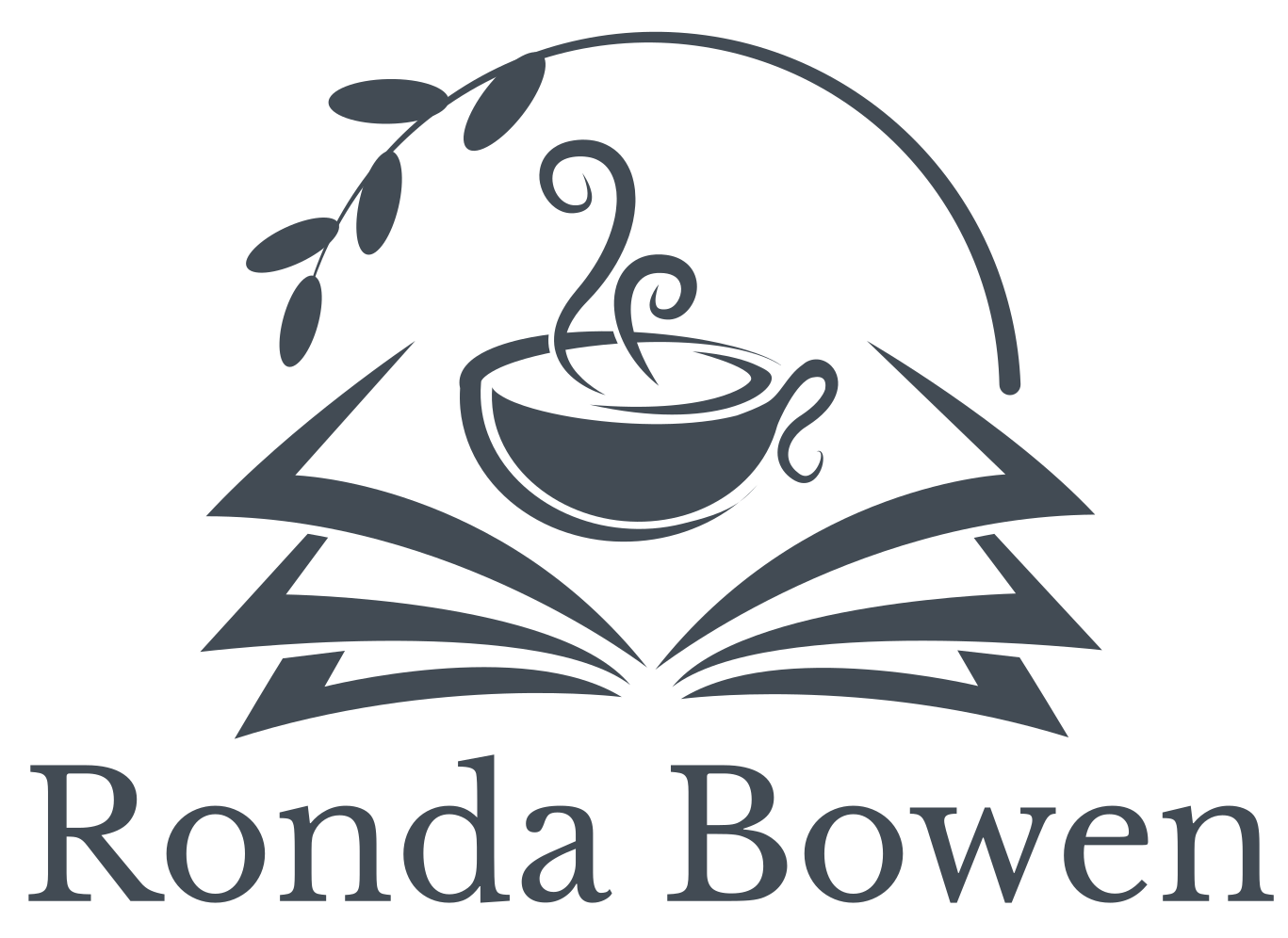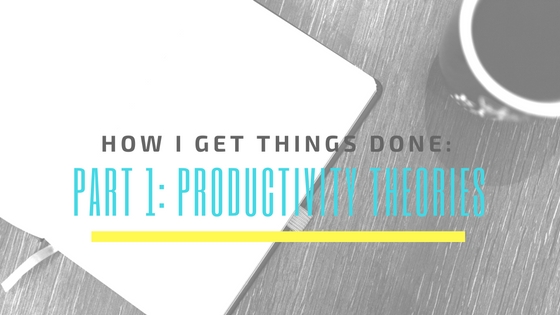The Life-Changing Power of David Allen’s Getting Things Done
 While Julie Morgenstern’s book was a “game changer,” this next productivity book was a life-changer. While the things David Allen talks about in his Getting Things Done are not necessarily earth-shattering, the way he presents them can change someone’s approach to life, time, and task management dramatically. When I first read the book, I felt as though I finally had found gold. I know this sounds like an insane amount of praise for a book, but by far it’s the framework that has worked the best for me over the years I’ve used it. There are many nuances to his system, but here are the basics:
While Julie Morgenstern’s book was a “game changer,” this next productivity book was a life-changer. While the things David Allen talks about in his Getting Things Done are not necessarily earth-shattering, the way he presents them can change someone’s approach to life, time, and task management dramatically. When I first read the book, I felt as though I finally had found gold. I know this sounds like an insane amount of praise for a book, but by far it’s the framework that has worked the best for me over the years I’ve used it. There are many nuances to his system, but here are the basics:
You Have to Collect All the “Stuff” and Process it
That’s right. Creating your list of “stuff” involves more than just writing something down. You also have to process it and figure out what that thing is. Is it something for you? Is it something to delegate? Is it something you can just delete now? Is it something that takes less than 2 minutes to do (do it now). I find that doing a regular (timed) mind sweep can help capture stuff. Here’s a trigger list to help with that.
He calls the collection places “inboxes.” If you are like I can be, that may include your purse or wallet, your actual desk inbox, the email inbox, your voice mail, your notebook, Facebook, etc. The key to managing inboxes? You should have as few as possible and as many as are necessary. I am still working on getting my number of inboxes down, but this is one area where I like division. I like to know, at a glance, whether an email is related to my blog, a client I’m having a long-term partnership with, my personal life, etc. Figure out what works best for you and go with it. I have more email inboxes than I think David Allen himself would be comfortable with – but it’s what works for me and the way my brain works.
Is it an Action Item or a Project?
 How many times have you had something hanging out on a “to-do” list keep getting pushed to the side? I (and David Allen) bet that it is probably a project, and not a true actionable item. You see, you can’t just “do” projects because they require multiple steps. This process – the idea that you might have something on your list like “write a paper on Kant’s political theory” that keeps getting pushed back because it’s truly a project and not an actionable step – blew my graduate student mind. Of course! It seems so simple to say that of course writing a term paper is a “project” and not a task.
How many times have you had something hanging out on a “to-do” list keep getting pushed to the side? I (and David Allen) bet that it is probably a project, and not a true actionable item. You see, you can’t just “do” projects because they require multiple steps. This process – the idea that you might have something on your list like “write a paper on Kant’s political theory” that keeps getting pushed back because it’s truly a project and not an actionable step – blew my graduate student mind. Of course! It seems so simple to say that of course writing a term paper is a “project” and not a task.
Before such a project can be completed, one has to first figure out what the next actionable step is. Perhaps in the case of the term paper it is “narrow down my topic” or “put together a working outline.” (For the record, even before I research something, I jot down a very loose outline of what I think I will want to write about. It helps me to focus my research and weed out sources that will not be of use to me really quickly). Perhaps I’ve already compiled all my source material and my next step is to read the journal article that I think might be a key piece. No matter what it is, it’s important to identify this next actionable step for each project. Sometimes the step is apparent, sometimes you need to brainstorm or do a mind map in order to determine what really is the next step. This process of defining the smallest next step is what is key to me getting a lot of things done and being really productive. Once things are broken down that way, it is really a lot easier to make progress on big projects.
After breaking projects down into the next actionable item and determining exactly what needs to be done, you then organize those items by context – i.e. phone calls, emails to send, etc. I also tend to organize by where I need to do something – i.e. at the sewing machine, at the computer, at my creative desk, in the library, in the kitchen, etc. That way, when I find myself in that particular context, I can tackle many similar action items at once.
The Weekly Review
While there are other components of Allen’s method that are worth discussing (keeping a tickler file, for example), but I’ll leave those out for now. The other big and very important part of following Allen’s system is the weekly review. Once a week it’s important to go through all the “stuff” from the earlier week in preparation for the following week. What was accomplished? What still needs to be done? What do you need to follow up on? What are the next actions for projects? What are new things that came up throughout the week? An outline of what to do for the weekly review can be found here.
Looking Forward:
In part two of this three-part series, I’m going to talk about the system I use to help me get things done and how I set it up. In part three, I will talk about the actual process I use to get things done. Meanwhile, here are some things to think about for developing your own system:
- Is there a thought process that is holding you back from managing your time efficiently?
- Is the way you’re tracking your tasks the most efficient way possible?
- What are the things that keep getting put off? Is there a better way of framing those to make it easy for yourself to make progress on them?
- How are you spending your time? How could you better spend your time?
- What are all the things that need acting on? Are these in line with your current goals?
- Are you reviewing your goals and your projects and your tasks regularly to make sure you aren’t missing important items that need action?
What do you think of this series so far? Do you have any questions for me? Is there someone I should read in addition to the people I’ve mentioned? Post your thoughts in the comments!
*Affiliate link




I so need this! I’m all over the place. lol
LikeLike
I think it’s really easy to be all over the place. Contemporary society has us wearing so many different hats!
LikeLike
I’ve used the Franklin Covey method in the past. I’m really struggling with Blog/ Day Job/ Home. I may have to go back to read and see if I can get my organization back on track!!
LikeLike
Yes! I can’t tell you how many times I’ve reread some of these. They have a permanent place on a shelf above my desk. When I start to feel motivation waning, I’ll often pull one out and go through it to see if there’s something I can tweak.
LikeLike
I absolutely relate to this. I am so busy, but some days I just don’t seem to get things finished. I confess.I try to do too much in a day. As much as I try to be organized and systematic, I’m often haphazard.
LikeLike
It can be hard some days to get everything done! I try to do my list for the day in a “must get done” and “would be great if this got done” kind of a way.
LikeLike
This is great. I’m always revamping my methods for productivity!
LikeLike
Thanks! Yes! Me too – and going through what I do reminds me of what I’ve done that’s worked, too!
LikeLiked by 1 person
I am a serious procrastinator! This is so helpful!
LikeLike
Awesome! I’m glad you’re finding it helpful. I’m planning to get the next part of the series up tomorrow. 🙂
LikeLike
I am stretched way too causing me to be unproductive at times! I think it’s time to revisit the 7 Habits again – very good book!!
LikeLike
Yes! When I start to feel stretched, I find it so helpful to return to the basics. Usually, the source of my feeling stretched has to do with me starting to get really lax at my system – or with me trying to use too many different systems for keeping track of what needs doing.
LikeLike
Sometimes too much multitasking can take its toll.
LikeLike
Yup…I used to be really good at multi-tasking, but as I’ve become older, I’m not so great at it LOL. I pretty much have to do one task at a time.
LikeLike
Oh gosh! Did this come at the perfect time for me or what!? Thank you!
LikeLike
You’re welcome! I’m planning to have the next part up tomorrow 🙂
LikeLike
Getting up early is how I get everything done
LikeLike
Getting up early is a good thing – I’m usually up late after everyone goes to sleep since I’m not much of a morning riser but my little ones are morning risers…reeeaaaally early morning risers!
LikeLike
Having an organized to-do list is key for me. I use the stickies app on my laptop and colour code them for different to-do categories.
LikeLike
Stickies? Is that on Windows or Mac? I do color coding too – I use a combination of Outlook and OneNote and a regular notebook. 🙂 I’ll be sharing what I do for that in tomorrow’s post 🙂
LikeLike
I love the 7 habits, I taught the kid version when I work with inner city kids, it was amazing.
LikeLike
That’s great!
LikeLike
love it!
LikeLike
Thank you 🙂
LikeLike
Great article. I’m getting much better at being productive versus just busy. 🙂
LikeLike
Thank you! Yes! There is a difference, too.
LikeLike
I’m definitely going to have to try these out!
LikeLike
They are definitely helpful!
LikeLike